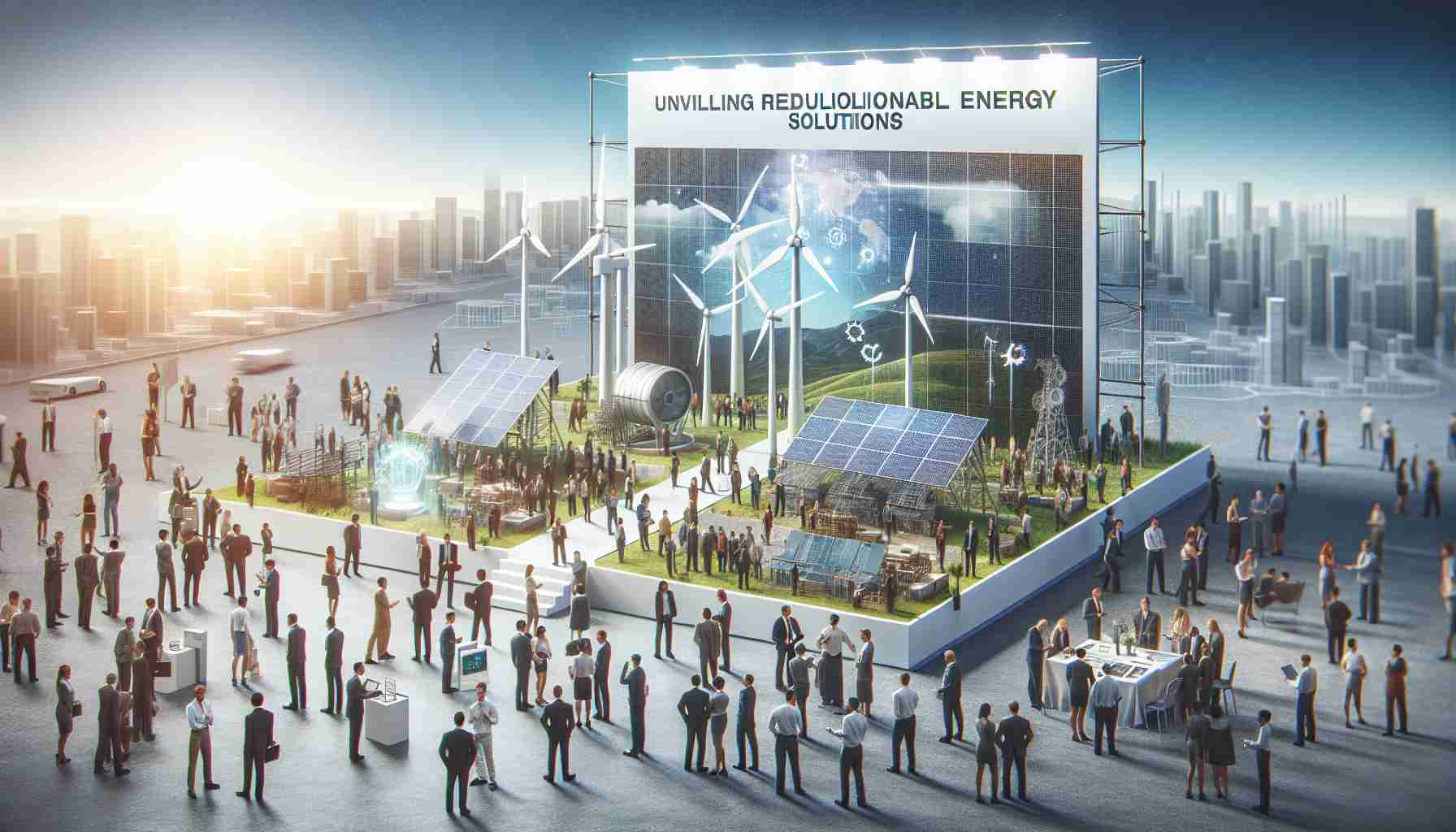Revolutionizing the approach to renewable energy, Huawei has introduced cutting-edge solutions that are set to reshape the future of PV and energy storage industries worldwide.
Harnessing Technological Advancements
In a bold move towards carbon neutrality, Huawei has leveraged breakthrough innovations in PV modules, energy storage systems (ESSs), and grid forming technologies to pave the way for new power systems reliant on renewable energy sources. By integrating digital, power electronics, thermal management, and energy storage management technologies, Huawei Digital Power has unveiled the Smart Renewable Energy Generator, offering exceptional value to customers and industries alike.
Pioneering Smart Energy Solutions
Steven Zheng, President of Utility Smart ESS Business at Huawei Digital Power, unveiled the world’s first Cell-to-Grid Smart String & Grid-Forming ESS Platform, marking a significant milestone in the industry. This groundbreaking platform offers enhanced safety, grid forming capabilities, cost-effectiveness, and digitalization, thereby fostering the development of sustainable power plants in collaboration with partners.
Driving Renewable Energy Integration
The Grid-Forming ESS Platform’s grid-forming technology stands out for its pivotal role in enhancing renewable energy integration and consumption. Demonstrating remarkable outcomes, the platform has proven its ability to boost renewable energy output by 40% in specific projects, indicating substantial cost savings over its lifecycle.
Empowering Energy Generation
Furthermore, Huawei’s Smart Renewable Energy Generator Solution, spearheaded by Steven Zhou, President of Utility Smart PV Business, addresses key challenges in utility plants while driving PV power generation towards grid forming. The solution integrates PV, ESS, load, grid, and management systems to surmount obstacles in renewable energy development and increase grid integration, setting new standards in power plant efficiency.
Global Impact of Innovative Solutions
Huawei’s commitment to innovation is evident in its collaboration on groundbreaking projects worldwide. From the Kela PV Project in Sichuan to the microgrid in Saudi Arabia and string grid-forming energy storage plants in China, Huawei continues to lead the transition towards high-quality, autonomous utility-scale power plants.
Additional Facts:
1. Huawei has been investing heavily in research and development in the renewable energy sector, with a focus on creating more efficient and sustainable solutions.
2. The company has also been working on developing technologies for energy management and optimization to maximize the efficiency of renewable energy systems.
3. Huawei has been actively involved in promoting the adoption of renewable energy globally through partnerships with governments, businesses, and organizations committed to sustainability.
Key Questions:
1. How will Huawei’s renewable energy solutions impact the global transition towards clean energy and carbon neutrality?
2. What challenges are associated with integrating renewable energy sources into existing power systems, and how does Huawei’s technology address these challenges?
3. Are there any concerns about the reliability and scalability of Huawei’s renewable energy solutions in the long term?
Advantages:
1. Huawei’s innovative solutions offer increased efficiency and cost-effectiveness in renewable energy generation, leading to significant savings for customers.
2. The integration of digital technologies and grid-forming capabilities improves the stability and reliability of renewable energy systems, enhancing grid integration.
3. Huawei’s commitment to sustainability and partnership with industry leaders drive the development of high-quality renewable energy projects worldwide.
Disadvantages:
1. There may be concerns regarding the proprietary nature of Huawei’s technologies, leading to potential dependency on the company for future upgrades and maintenance.
2. The adoption of cutting-edge solutions like Huawei’s may require significant upfront investment and expertise, posing challenges for smaller organizations or regions with limited resources.
3. Potential cybersecurity risks associated with advanced digital technologies integrated into renewable energy systems could be a concern for stakeholders.
Suggested related link: Official Huawei Website
